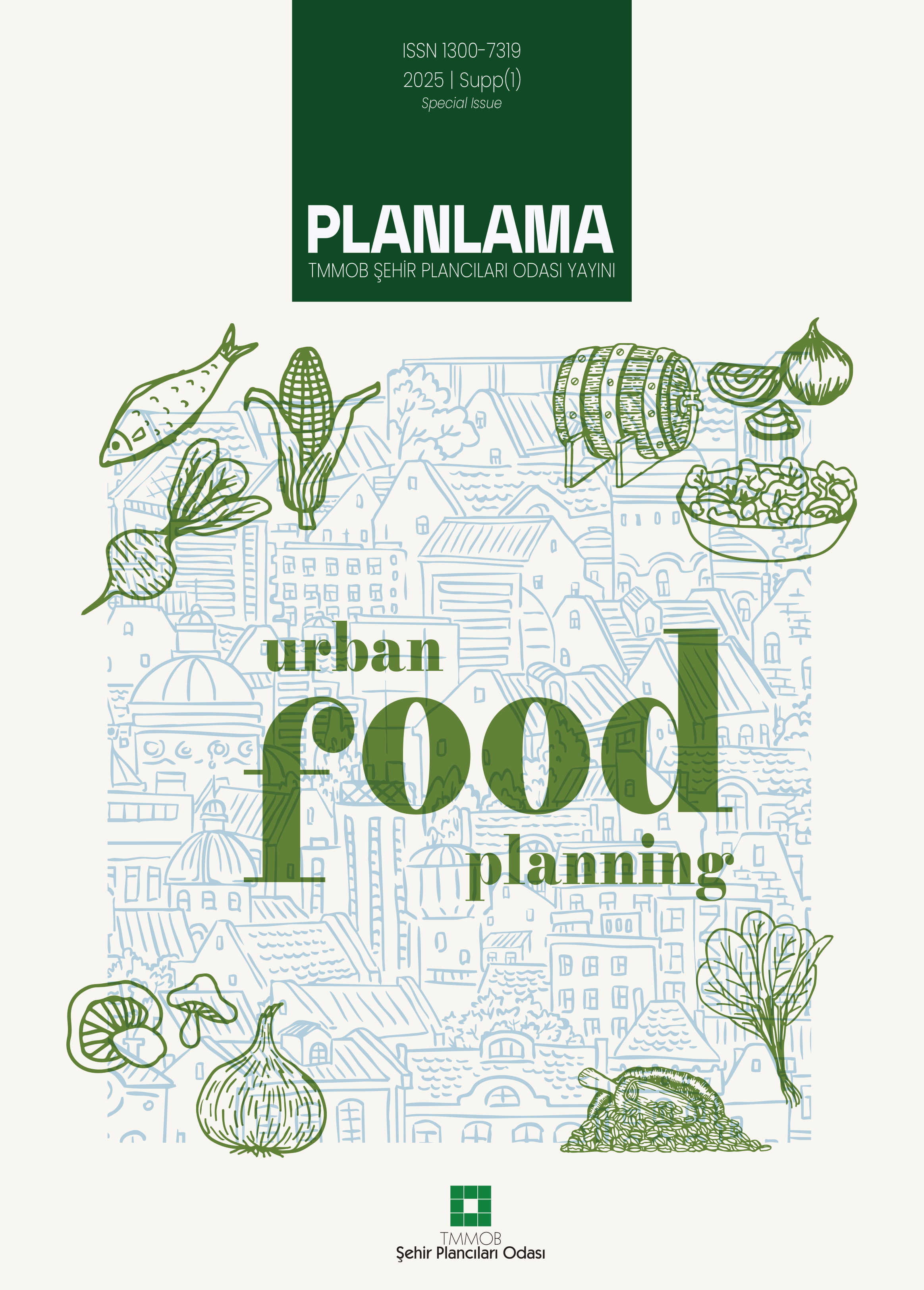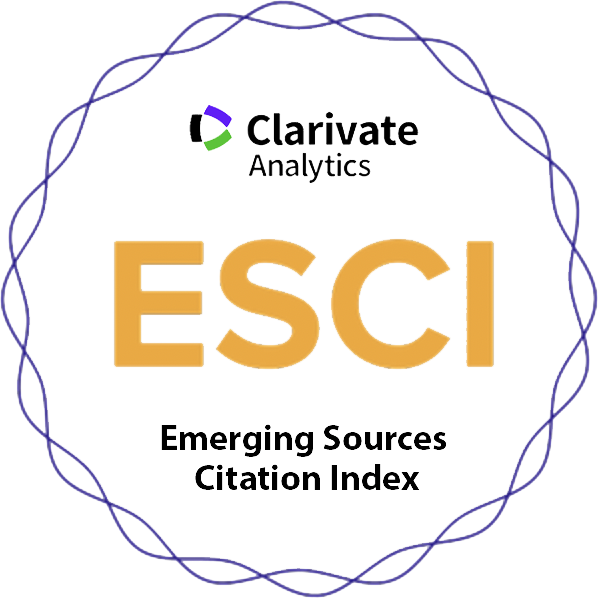It Used to be Our Home! An Empirical Aftermath of Displacements Caused by Urban Regeneration
Uğurcan AyıkDivision of Regional Geography, Department of Geography, Gaziantep University, Science and Art Faculty, Gaziantep, TürkiyeIn Turkey, urban regeneration is being utilized as a tool for actively manipulating cities, especially after the 2000s. Even though studies on both Turkey and the world reveal that one of the most common effects of such practices is the displacement of residents, follow-up studies on the impact of displacement on the lives of displaced residents lack in literature. This study pursues the residents of Yazıcık Neighborhood of Gaziantep who were displaced due to an urban regeneration project. The main purposes of the study are to discover the patterns of movement of displaced residents within the city and to find out the factors contributing to the choice of new neighborhoods. Quantitative and qualitative data sets were co-evaluated to fulfil the goals of the study. A questionnaire was applied to the post-regeneration residents of the Yazıcık area to determine the scale of the displacement. With this strategy, the percentage of residents who remained in Yazıcık after the regeneration was estimated. Semi-structured interviews were conducted with 14 households who were found to be displaced from the neighborhood after renewal, and the factors that shaped their preference for new neighborhoods were discovered. The outcomes of the study confirmed that the urban regeneration project indeed resulted in displacement. Moreover, various parameters such as the income level of the displaced household, heating infrastructure, and overall quality of housing in the area were found to play a role in the decision of the neighborhood. These results showed that improvement in the quality of life was a shared motive amongst displaced residents for the decision of new neighborhoods.
Keywords: Decision of new neighborhood, displacement; Gaziantep; urban regeneration; Turkey.Burası Eskiden Evimizdi! Kentsel Dönüşümden Kaynaklı Yerinden Edilmelerin Sonuçlarına Ampirik Bir Bakış
Uğurcan AyıkGaziantep Üniversitesi Fen Edebiyat Fakültesi, Coğrafya Bölümü Bölgesel Coğrafya Ana Bilim Dalı, GaziantepTürkiyede kentsel dönüşüm projeleri 2000li yıllardan sonra aktif bir kentsel müdahale aracı olarak tercih edilmektedir. Gerek Türkiye gerekse de dünyada projelere dair yapılan araştırmalar uygulamaların en yaygın etkilerinden birinin ilk kullanıcıların yerinden edilmesi olduğunu ortaya koymaktadır. Fakat yerinden edilme süreçleri sonrasına dair bilgi eksikliği literatürde kendisini hissettirmektedir. Bu çalışma Gaziantep Yazıcık Mahallesi kentsel dönüşüm projesinden hareket ederek yerinden edilme sonrası hanehalklarının izini sürmektedir. Çalışmanın temel amacı yerinden edilmiş hanehalklarının kent içi hareket kalıplarının ve yeni yer seçim tercihindeki nedenselliklerin açığa çıkarılmasıdır. Çalışmanın amacına ulaşmak için nicel ve nitel veri setleri beraber değerlendirilmiştir. Kentsel dönüşüm projesi gerçekleştirilen Yazıcık mahallesindeki yerinden edilmeyi tespit etmek amacıyla alanın yeni kullanıcılarına anket uygulanmıştır. Proje sonrasında mahalleden gitmek zorunda kalan 14 hanehalkıyla yarı-yapılandırılmış mülakatlar gerçekleştirilerek yeni yer seçim tercihindeki nedensellikler açığa çıkarılmıştır. Sonuçlar kentsel dönüşüm projesinin yerinden edilme süreçlerini doğurduğunu ortaya koymuştur. Yerinden edilmiş hanehalklarının yeni yer seçim tercihinde ise ısınma tercihleri, konutların fiziksel durumları, gelir düzeyi gibi farklı parametrelerin rol oynadığı anlaşılmıştır. Bu durum yerinden edilme sonrası konut ve mahalle seçiminde yaşam şartlarının iyileştirilmesi içerisine girildiğini göstermektedir.
Anahtar Kelimeler: Yeni mahalle seçimi, yerinden edilme; Gaziantep; kentsel dönüşüm; Türkiye.Manuscript Language: English













